Today, mountain gorillas are one of the most sought-after tourist attractions in Africa and they can only be seen in Uganda, Rwanda and the Democratic Republic of Congo. They are a sub species of the eastern gorillas which live in east-central Africa in two groups; one in Bwindi Impenetrable national park and the other on the Virunga volcanoes. Mountain gorillas live in high altitude montane and bamboo forests at elevations of 8,000-13,000 ft and they tend to have longer fur compared to the lowland gorillas which is an adaptation to their survival in these cold regions. Interestingly, gorillas share around 98% of their DNA with humans being the second nearest relative to man after the chimpanzees. Mountain gorillas are one of the biggest and most powerful living primates – a fully mature male weighs up to 220kg and measures about 4-6 feet tall. They are generally herbivores and spend about a quarter of their day roaming around the forest eating leaves and shoots though they also catch some ants and snails for a snack. These giant gorillas live in stable groups of about 10 or more members with one dominant male and several females, infants and sometimes a few males.
According to the latest census results, the population of mountain gorillas in the world is estimated to be 1,063 and considered endangered. They live and survive in their natural habitats in Africa, and Uganda alone is home to half of the entire population. A guided Gorilla safari in Uganda is a highlight for many of the travelers that visit Uganda for vacation. In this article, we present some of the important information to know about gorilla trekking in Uganda.
Where to see gorillas in Uganda
Uganda is the only country with more than one destination where mountain gorillas can be seen; Bwindi Impenetrable national park and Mgahinga Gorilla national park. Both national parks are located in the far southwestern part of Uganda, 9 – 11 hours drive from Kampala city. Bwindi Impenetrable national park is recommended more and most visited because it has a larger number of mountain gorillas- about 500 individuals and this offers significantly higher chances to spot the primates in the tropical jungle. It has about 19 habituated gorilla families in its four sectors and are open for tourism all year round. Mgahinga has one habituated gorilla family.
Best time to go for gorilla trekking in Uganda
Gorilla trekking can be done all year round in Uganda though the dry season is the best time to do this adventure. The dry season or dry months of the year in Uganda are June, July, August and September and then December, January and February. During these periods, there are no or less rains and the paths to and through the park are dry and easily accessible hence simple to hike. The peak season-June to August comes with many tourists and permits are on high demand and lodges are normally fully booked prior to the season.
You can visit Uganda in the peak season/wet season (March-May and early September -November) but bear in mind that its rainy and therefore hiking can be challenging.
How to acquire a gorilla permit in Uganda
Uganda Wildlife Authority is in charge of producing gorilla permits in Uganda. It issues over 70 permits for Bwindi and 8 permits to trek in Mgahinga each day. A group of 8 people is led by a ranger guide to trek for one gorilla family a day. Arrange for your gorilla safari through a local tour operator that also helps you to purchase and book for your gorilla permit easily. Mumwe Global safaris is one of the credible safari companies in Uganda that do well-organized gorilla safaris that include transportation and booking accommodation on behalf of the visitor.
Cost of a gorilla permit in Uganda
Gorilla trekking permit costs USD 700 for foreign nonresidents, USD 600 for foreign residents and UGX 250,000 for East African citizens
Gorilla Habituation Experience Permit costs USD 1,500
How long does a gorilla trek last?
Gorilla trekking lasts anything from 30 minutes to 3 hours or even more. There is no specific duration for gorilla trekking because it depends on where the allocated gorilla family will be found. The trek is opened with a briefing at the starting point at 8:00am and then trekkers penetrate into the forest with the guide. Once these primates are spotted, you are allowed to stay with them for a maximum of one hour and later on exit the forest.
What to pack for your gorilla safari
- Long sleeved shirts/t-shirts/blouses
- Long pants
- Hiking boots
- Light weight rain jacket
- Stockings and Gardening gloves
- Hat
- Water bottle
- Energy giving snacks
- Camera and pair of binoculars
- Backpack
Where to stay while on a gorilla safari
The choice of your lodge in Bwindi depends on the sector where you will trek. The park has four sectors; Buhoma, Ruhija, Rushaga and Nkuringo. They have a number of lodges ranging from budget, midrange to luxury.
Buhoma sector: Silverback lodge, Sanctuary Gorilla Forest camp, Volcanoes Safari Bwindi lodge, Buhoma lodge, Engangi lodge, Mahogany Springs lodge and Bwindi View Bandas among others
Ruhija sector: Ruhija Gorilla Mist Camp, Trekkers Tavern cottages, Gift of Nature lodge, Ruhija Gorilla safari lodge and Ruhija Gorilla Friends Resort and Campsite among others
Rushaga sector: Chameleon Hill lodge, Rushaga Gorilla Camp and Gorilla Safari lodge
Nkuringo sector: Nkuringo Gorilla Camp, Nshongi Camp, Clouds Mountain Gorilla lodge and Chameleon Hill lodge
Accommodations at Mgahinga Gorilla national park include Mount Gahinga luxury lodge, Clouds Mountain Gorilla lodge, Travelers’ Rest Hotel, Kisoro Tourist hotel and Amajambere Iwacu Community Camp among others.
Hanging out with the giant mountain gorillas is one of the most memorable moments of life and Uganda is a prime destination to see them. When you arrange for your safari with us, be assured to get the best time of the vacation. Our gorilla safari tours include a gorilla permit, accommodation and transport from Entebbe or Kampala to the gorilla destination. Contact us through info@ugandasafaribookings.com or call our reservations desk on +256-700135510 / +256 414-699459.
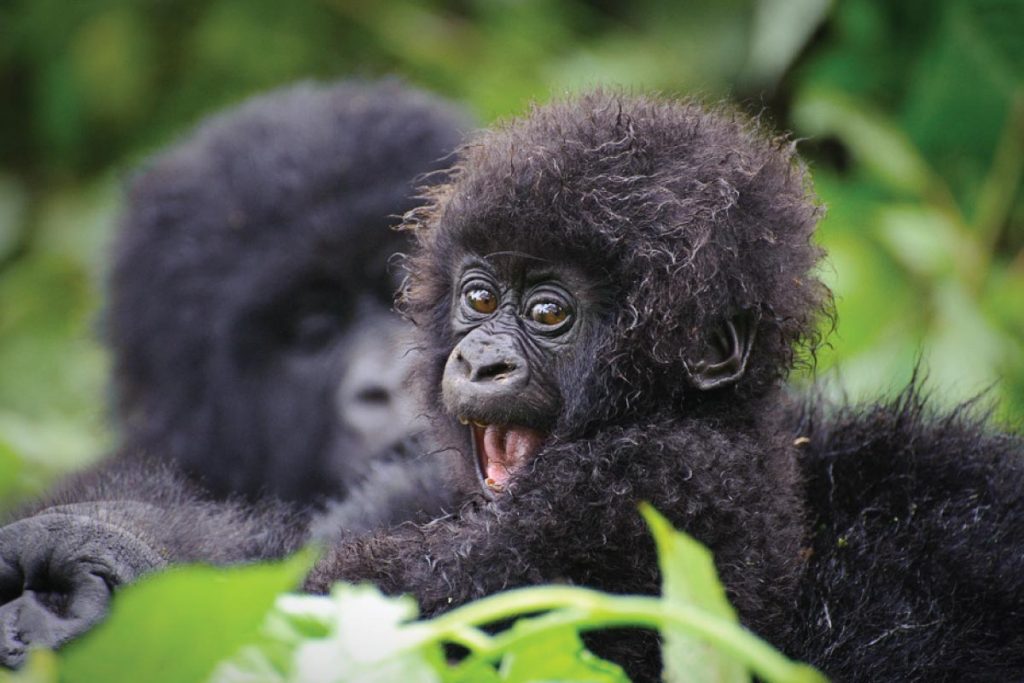
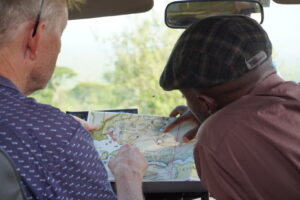
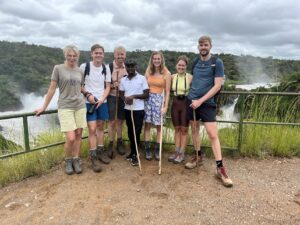
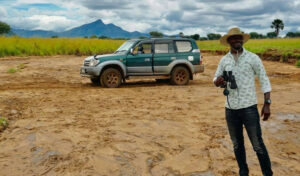
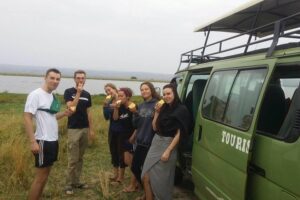
More Articles
Why Uganda Should Be Your Next Africa Safari Destination
Top 4 Best Safari Booking Platforms In Africa
Choosing the Right Safari Vehicle for a Game Drive in Uganda